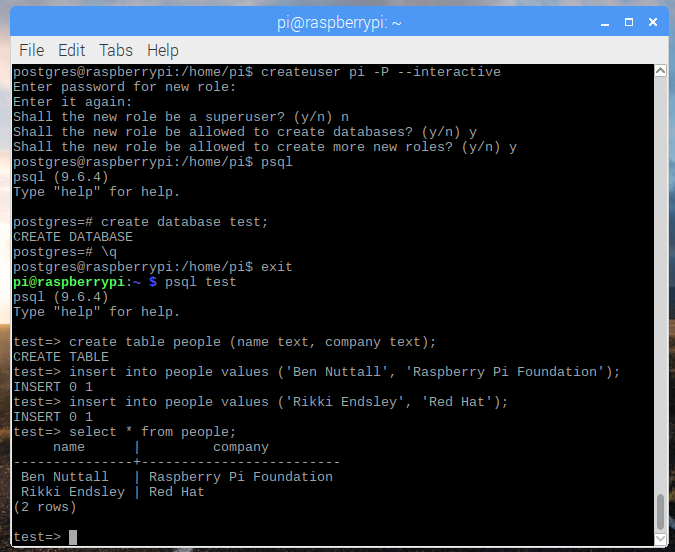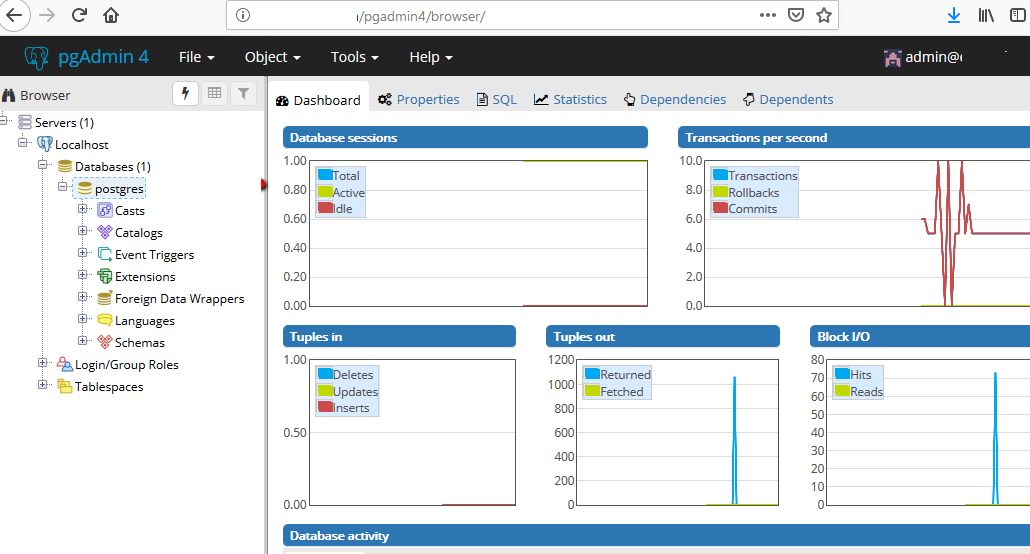

ANY/ SOME expression operator ANY ( subquery) If all the per-row results are either unequal or null, with at least one null, then the result of NOT IN is null.ĩ.23.4. Two rows are considered equal if all their corresponding members are non-null and equal the rows are unequal if any corresponding members are non-null and unequal otherwise the result of that row comparison is unknown (null). The result is “ false” if any equal row is found.Īs usual, null values in the rows are combined per the normal rules of SQL Boolean expressions. The result of NOT IN is “ true” if only unequal subquery rows are found (including the case where the subquery returns no rows). The left-hand expressions are evaluated and compared row-wise to each row of the subquery result. The right-hand side is a parenthesized subquery, which must return exactly as many columns as there are expressions in the left-hand row. The left-hand side of this form of NOT IN is a row constructor, as described in Section 4.2.13. This is in accordance with SQL's normal rules for Boolean combinations of null values.Īs with EXISTS, it's unwise to assume that the subquery will be evaluated completely. Note that if the left-hand expression yields null, or if there are no equal right-hand values and at least one right-hand row yields null, the result of the NOT IN construct will be null, not true. The result is “ false” if any equal row is found. The left-hand expression is evaluated and compared to each row of the subquery result. The right-hand side is a parenthesized subquery, which must return exactly one column. If all the per-row results are either unequal or null, with at least one null, then the result of IN is null.ĩ.23.3.

The result is “ false” if no equal row is found (including the case where the subquery returns no rows).Īs usual, null values in the rows are combined per the normal rules of SQL Boolean expressions. The result of IN is “ true” if any equal subquery row is found. The left-hand side of this form of IN is a row constructor, as described in Section 4.2.13.

Note that if the left-hand expression yields null, or if there are no equal right-hand values and at least one right-hand row yields null, the result of the IN construct will be null, not false. The result is “ false” if no equal row is found (including the case where the subquery returns no rows). WHERE EXISTS (SELECT 1 FROM tab2 WHERE col2 = l2) This simple example is like an inner join on col2, but it produces at most one output row for each tab1 row, even if there are several matching tab2 rows: There are exceptions to this rule however, such as subqueries that use INTERSECT. A common coding convention is to write all EXISTS tests in the form EXISTS(SELECT 1 WHERE.

Since the result depends only on whether any rows are returned, and not on the contents of those rows, the output list of the subquery is normally unimportant. It is unwise to write a subquery that has side effects (such as calling sequence functions) whether the side effects occur might be unpredictable. The subquery will generally only be executed long enough to determine whether at least one row is returned, not all the way to completion. The subquery can refer to variables from the surrounding query, which will act as constants during any one evaluation of the subquery. If it returns at least one row, the result of EXISTS is “ true” if the subquery returns no rows, the result of EXISTS is “ false”. The subquery is evaluated to determine whether it returns any rows. The argument of EXISTS is an arbitrary SELECT statement, or subquery.


 0 kommentar(er)
0 kommentar(er)
